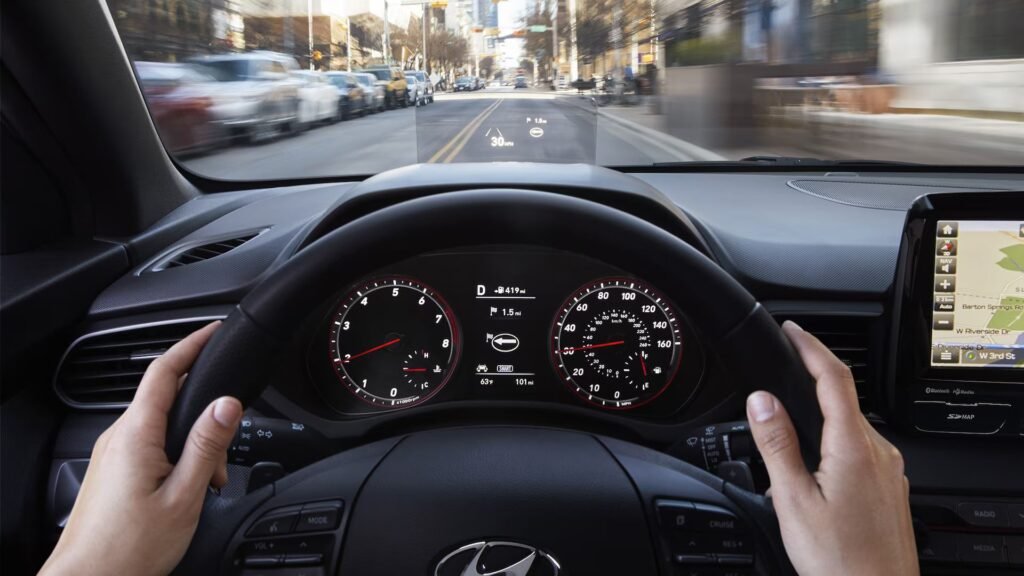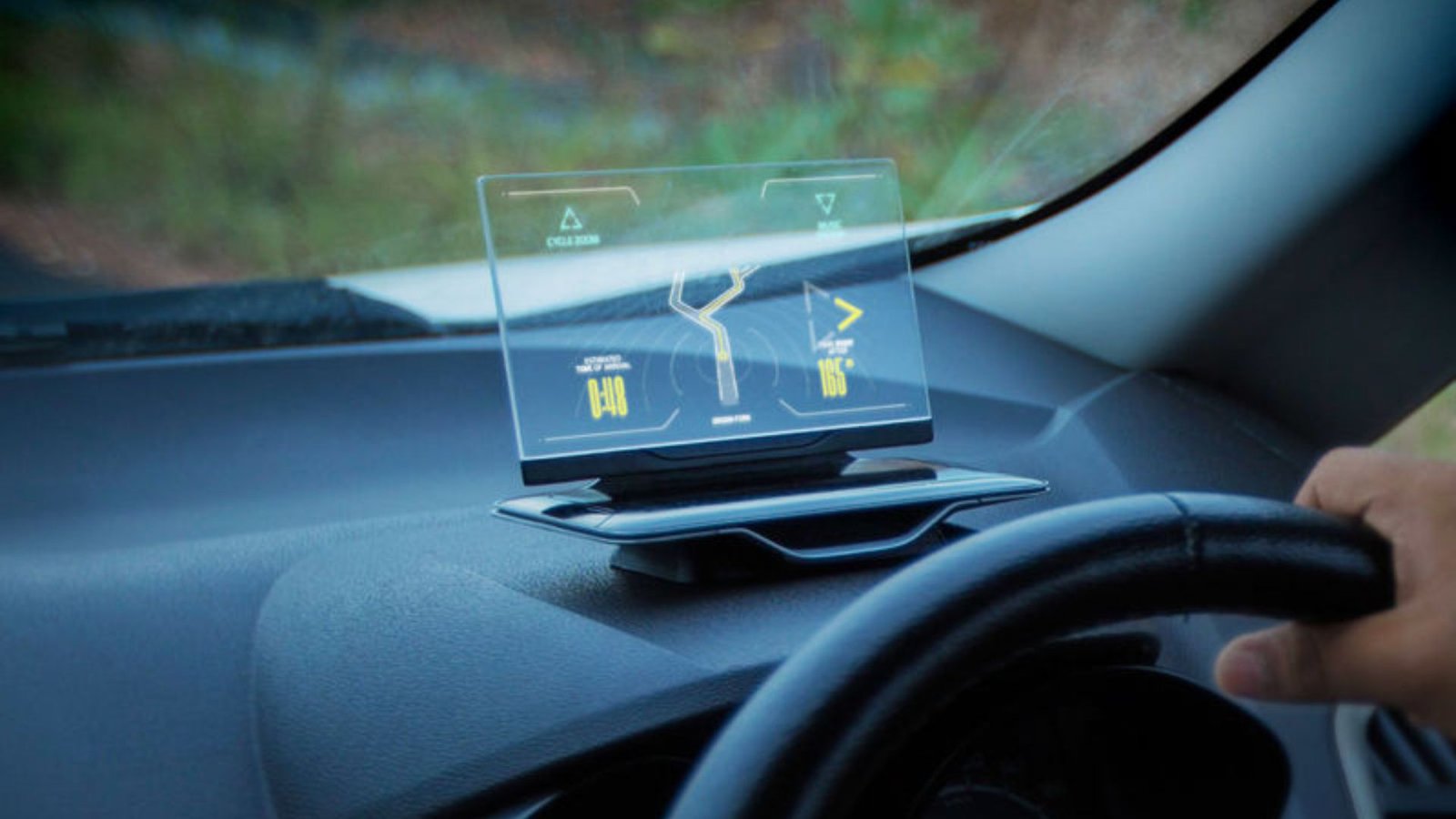Tips for Using Heads-Up Display (HUD) Systems
If you’re interested in using Heads-Up Display (HUD) systems, you’re in for a treat. HUD systems can significantly enhance your driving experience by projecting crucial information directly onto your windshield. This allows you to keep your eyes on the road while still accessing essential data. In this article, we’ll share some practical tips for making the most of your HUD system.
Understanding Heads-Up Display Systems
Using Heads-Up Display (HUD) systems is about more than just convenience. These systems project important information like speed, navigation directions, and alerts right in your line of sight. This means you don’t need to take your eyes off the road to check your speed or look at navigation details. Understanding how to use these systems effectively can improve your driving safety and comfort.

1. Customize Your Display
One of the first tips for using Heads-Up Display (HUD) systems is to customize your display settings. Most HUD systems allow you to adjust the brightness, size, and position of the displayed information. Tailor these settings to match your personal preferences and driving conditions. For example, if you’re driving in bright sunlight, increase the brightness to ensure the information remains visible.
2. Position Your HUD Correctly
Proper positioning is key when using Heads-Up Display (HUD) systems. The display should be aligned with your natural line of sight. It should be neither too high nor too low, as this could cause distraction or make it difficult to read the information. Adjust the angle and height of the HUD to ensure it is comfortably visible without obstructing your view of the road.
3. Focus on Key Information
While using Heads-Up Display (HUD) systems, it’s important to focus on key information that enhances your driving experience. Avoid cluttering the display with too much data. Instead, prioritize essential details like speed, navigation directions, and warning alerts. This helps you stay informed without becoming overwhelmed by too much information.
4. Regularly Update Your Navigation System
If your HUD system integrates with a navigation system, keep the software up to date. Regular updates ensure that the navigation directions displayed are accurate and current. This is especially important for avoiding outdated maps and ensuring you receive the latest traffic information and route adjustments.
5. Use HUD for Safety Alerts
Many modern HUD systems come equipped with safety features such as collision warnings and lane departure alerts. Using Heads-Up Display (HUD) systems effectively means taking full advantage of these features. Pay attention to the safety alerts projected onto your windshield, as they can help you avoid potential hazards and drive more safely.
6. Minimize Distractions
While HUD systems are designed to keep your eyes on the road, it’s still important to minimize distractions. Avoid fiddling with the HUD settings while driving. Instead, adjust the settings before you start your trip or while the vehicle is stationary. This ensures that you can focus on driving without unnecessary interruptions.
7. Practice Using the HUD System
If you’re new to using Heads-Up Display (HUD) systems, take some time to practice using it in a controlled environment. Familiarize yourself with the display features and controls while driving in a safe location. This practice can help you become more comfortable with the system and ensure you can use it effectively during regular driving.
8. Be Aware of Weather Conditions
Weather conditions can impact the visibility of your HUD. In foggy or rainy conditions, the display might become less clear. Be aware of how weather conditions affect your HUD and adjust your driving habits accordingly. For instance, if the HUD display becomes obscured, rely more on traditional gauges and controls until conditions improve.
9. Maintain Your HUD System
Regular maintenance of your HUD system is essential for optimal performance. Keep the windshield clean and free from obstructions that might interfere with the display. Additionally, if you notice any issues with the HUD, such as flickering or unclear images, have it checked and repaired promptly to avoid driving distractions.
10. Educate Yourself on System Features
Finally, fully understanding the features and capabilities of your HUD system can enhance your driving experience. Review the user manual and explore all the settings and options available. Knowing how to use advanced features, such as head-up displays for adaptive cruise control or traffic sign recognition, can make your driving safer and more enjoyable.
Conclusion
Using Heads-Up Display (HUD) systems can significantly enhance your driving experience by providing important information right in your line of sight. By customizing your display, positioning it correctly, and focusing on key information, you can make the most of this technology. Regular updates, minimizing distractions, and proper maintenance will ensure that your HUD system remains an effective tool for safe and convenient driving.

